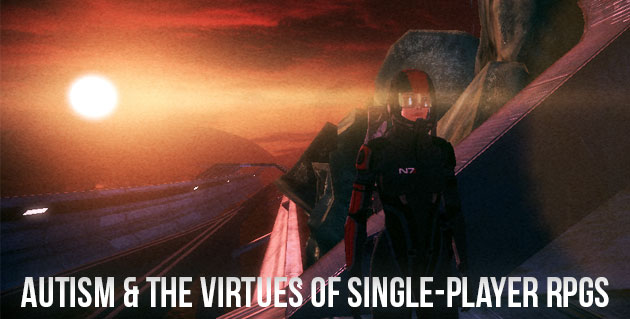Through most of my life, I’ve been afraid of public speaking. I always found more comfort in the written word; there’s a relief in the solace of the craft, and it gives me time to construct the perfect sentence. Getting my job at Easterseals forced me into public speaking, mostly over the phone. I facilitate conferences between our organization and potential influencers, report my progress during our department meetings, and hold one-on-one chats with my boss every Friday. All of these things would have seemed impossible to me a few years ago. Now, I still feel that twist in my stomach as my voice shakes, and my mind goes blank when asked questions. But with over two years of working there, I learned to find that confidence to speak, and to (mostly) not care if someone misunderstands me or notices how nervous I am.
Building that energy to speak publicly also affected my work here at The Geeky Gimp. I’ve branched off and made a podcast, hosted live events on Google, and now stream regularly on Twitch. I even appear on Geek Girl Riot, a show on Idobi Radio with over 20,000 listeners. Being forced to approach my fears led to other opportunities that I enjoy, and different ways to express myself. I’m able to reach out to more audiences about disability inclusion and accessibility. And more importantly, I’ve made some amazing friends through these projects where I would otherwise feel isolated.











